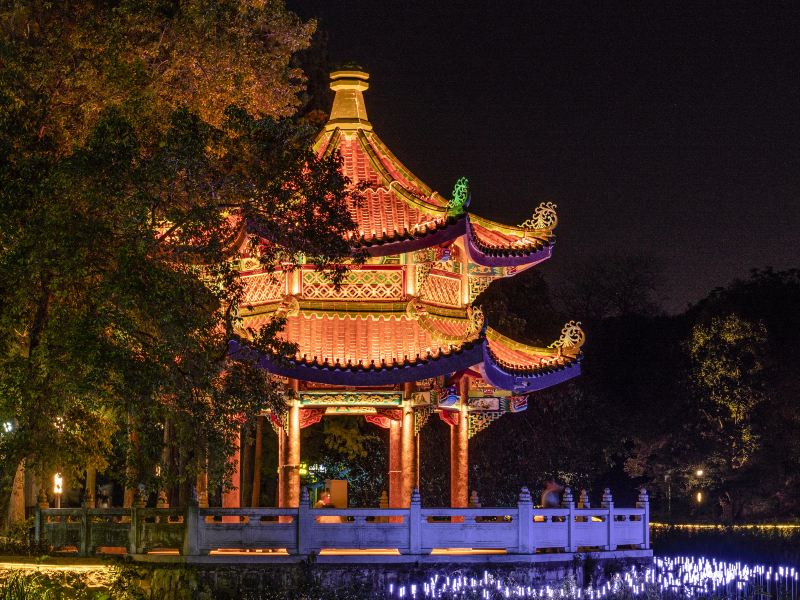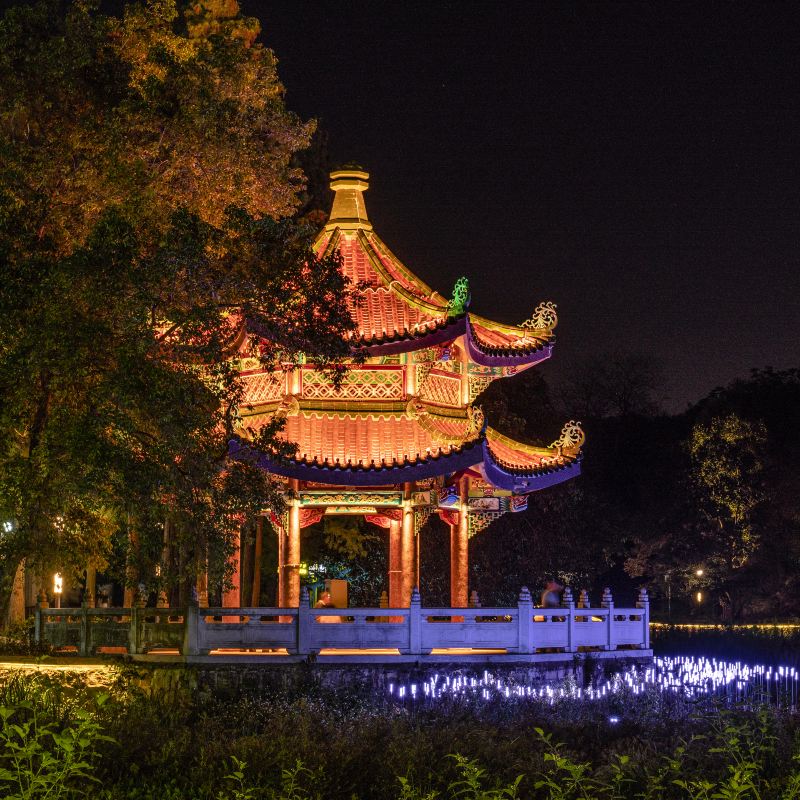
4/5
十一自驾路过这里,路还是比较好开。我一路过来还是挺辛苦的,石壁山风景区景色还算不错的,也没有我想象中的景区那么大,玩了半天,差不多 Princesstt
Princesstt1






The Shibi Mountain Scenic Area has lush green trees, ancient and famous trees of the Ming Dynasty, and newly planted doctor's forests, the ancient temple "Leiyin Temple", the natural scenic spot "Jianyu Spring", and the modern buildings "East Guangdong Yibi". "(Zhao Puchu's title) Archway, Nahai Building, Lize Lake, Feihong Bridge, etc. Leiyin Ancient Temple Leiyin Ancient Temple is located at the southern foot of Qiyun Mountain. In the twenty-eighth year of Jiajing in the Ming Dynasty (1532), Yusan people from Shangbu Village in Huanggang built a stone pavilion next to the Changshen Cave in Qiyun Mountain. In the tomb in front of the pavilion (the ancient tomb is called the Yellow Ox Listening to the Golden Bell), people often burn incense and light candles to the God of Changshen Cave to pray for safety. Later, it gradually evolved into Leiyin Ancient Temple. During the Qianlong period of the Qing Dynasty, a kiln change occurred in Jingdezhen, Jiangxi Province, and eighteen arhats appeared. Behind each Arhat is the words "Chaozhou Leiyin Ancient Temple". The county official reported to the court, and the emperor ordered to come to Chaozhou to look for the ancient temple of Leiyin. Because the eighteen Arhats enshrined in the temple are very similar to the kiln statues, and the giant stone above the Leiyin Temple is the back wall, the later generations also call the Leiyin Temple "Shibi Temple", and the original Qiyun Mountain is also called Chengshibi Mountain. Suyu Spring is located in the valley of Shibi. The surrounding ancient trees are shady, and a towering boulder covers several stones, forming a stone cave. The entrance of the cave is 1 meter high, 1.7 meters wide, and 5 meters vertically and horizontally. There is a large stone on the bed of the cave, which slopes forward according to the trend of the mountain. On each side, there is a curved small stone ditch protruding from the bottom. At four o'clock, a clear spring emerges, which merges at the entrance of the cave and flows out of the cave, like a dragon spouting water. In the third year of Jiajing in the Ming Dynasty (1524), Yu Weng engraved the three characters "Su Yuquan" on the boulder; in the sixteenth year of Qianlong in the Qing Dynasty (1752), Xu Zhiliang inscribed two poems "Yuquan Left Inscription"; in the sixth year of Tongzhi in the Qing Dynasty (1867) Year) Zhang Dianxiong, the envoy of the governor of Fenggang, inscribed a poem on the Five Laws, all of which praised Su Yuquan. Tips: There is Gongfu Cafe by the side of Suyu Spring, and it is quite good to invite a few friends to drink tea, chat and play cards in the summer afternoon (10 yuan per table). Covers an area of 500 square meters. Climbing the building can overlook the whole picture of Huanggang, the South China Sea with the same color of sea and sky, taking the philosophy of the times, accepting hundreds of rivers like the sea is great; The building was built from April 1991 to September 1992. It is a reinforced concrete structure with double layers and six columns. The building adopts the processing technology of traditional ancient buildings. Lacquer railings, carved beams and painted buildings upstairs and downstairs, carvings of myths, costume drama screens, exotic flowers and plants. The plaque of Nahailou was inscribed by Guan Shanyue, a famous painter and calligrapher. It is a tourist destination.